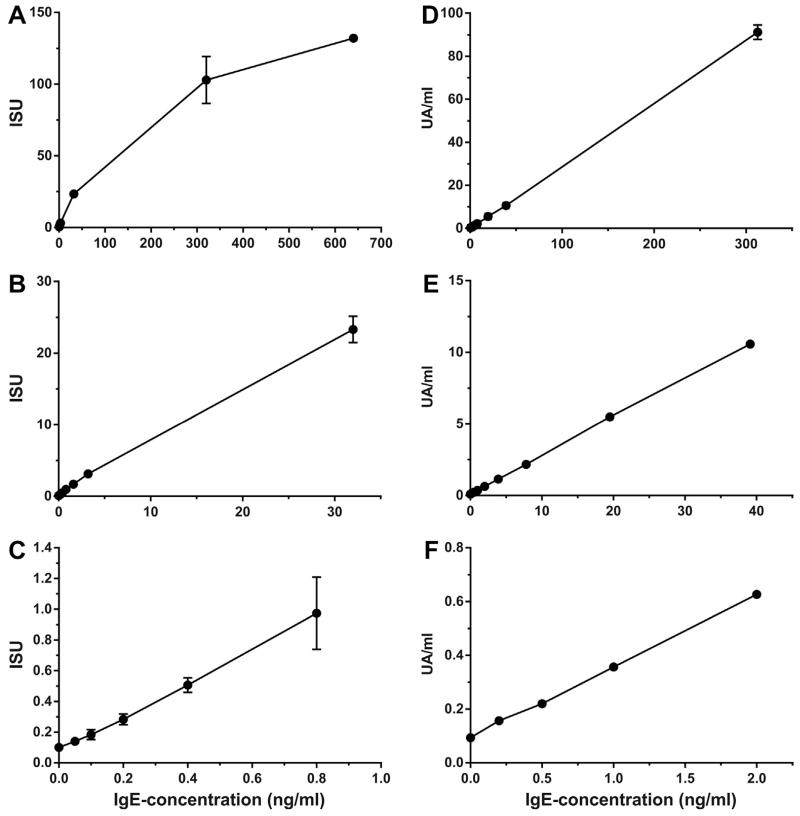Allergy analysis primarily based on purified allergen molecules supplies detailed info concerning the person sensitization profile of allergic sufferers, permits monitoring of the event of allergic illness and of the impact of therapies on the immune response to particular person allergen molecules.
Allergen microarrays include a big number of allergen molecules and thus enable the simultaneous detection of allergic sufferers’ antibody reactivity profiles in the direction of every of the allergen molecules with solely minute quantities of serum.
On this article we summarize latest progress within the discipline of allergen microarray know-how and introduce the MeDALL allergen-chip which has been developed for the precise and delicate monitoring of IgE and IgG reactivity profiles in the direction of greater than 170 allergen molecules in sera collected in European delivery cohorts.
MeDALL is a European analysis program by which allergen microarray know-how is used for the monitoring of the event of allergic illness in childhood, to attract a geographic map of the popularity of clinically related allergens in numerous populations and to ascertain reactivity profiles that are related to and predict sure illness manifestations.
We describe technical advances of the MeDALL allergen-chip concerning specificity, sensitivity and its means to ship take a look at outcomes that are near in vivo reactivity.
As well as, the usefulness and quite a few benefits of allergen microarrays for allergy analysis, refined allergy analysis, monitoring of illness, of the results of therapies, for enhancing the prescription of particular immunotherapy and for prevention are mentioned.

[A three year survey of the practical application of pollen monitoring in specific allergen immunotherapy].
Particular allergen immunotherapy must be modified in response to sensitivity of the affected person and the time interval between injections and seasonal allergen exposition. The purpose of the research was to examine the effectiveness of the multinomial logistic regression fashions predicting the pollen focus throughout the pollen season within the immunotherapy trial in sufferers handled with grass and birch allergens.
The research was carried out in Krakow in 2011-2013. Fashions have been validated for 2012 and 2013. The effectiveness of the whole appropriate predictions barely differed relying on the time sequence, in case of birch pollen the same share of appropriate predictions was present in each research yr, whereas in case of grass pollen, the predictions have been extra appropriate in 2012.
A gaggle of sufferers handled with grass and birch allergens crammed within the diary playing cards throughout the pollen season. After the 2011 season 14 diary playing cards have been analysed, whereas 18 and 19, in 2012 and 2013, respectively. Due to manifested signs, the injection dose was decreased throughout the season in 12 sufferers in 2011, in 9 sufferers in 2012 and in 6 sufferers in 2013.
No visits have been delayed due to medical indications. In some circumstances sufferers received the injection in time of the excessive pollen prevalence (2 circumstances, in 2011 and 2012).
In 2013 in 10/17 sufferers the excessive pollen publicity was prevented thanks the knowledge from pollen monitoring, in reverse to 1 and eight sufferers in 2011 and 2012, respectively. Sufferers used antihistaminic medicine on request.
The regional pollen monitoring knowledge and glad co-operation with sufferers makes the opportunity of nearer management of the injection doses administration throughout immunotherapy within the pollen season.
